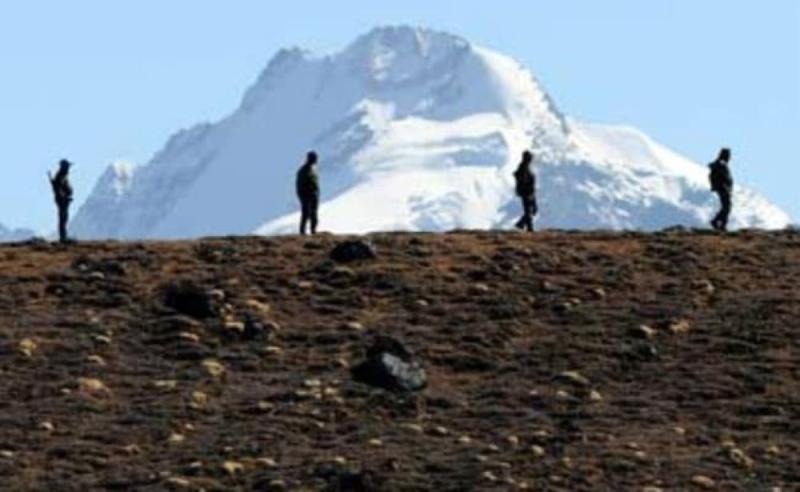
- galaxy
- 22 Oct 2024 01:42 AM
- IndiaChinaRelations, BorderTensions
In a notable development four years after the Galwan Valley clash, India and China have reached a new patrolling arrangement along the Line of Actual Control (LAC). Foreign Secretary Vikram Misri announced this breakthrough, indicating that it could significantly reduce tensions between the neighboring countries. External Affairs Minister S. Jaishankar later affirmed that Indian and Chinese soldiers would be able to patrol the border as they did prior to the May 2020 face-off.
Importance of the Agreement
-
De-escalation: The new agreement marks a move towards de-escalation in a region where both nations have stationed tens of thousands of troops. Returning to the patrolling norms of 2020 minimizes the risk of skirmishes that could arise from close military encounters.
-
Stabilization: This arrangement is expected to stabilize the situation along the LAC, particularly at friction points like Depsang Plains and Demchok. Stability in these areas could create a more conducive environment for broader discussions on boundary issues.
-
Confidence-building: The resumption of patrolling under pre-2020 terms serves as a confidence-building measure, showcasing a mutual willingness to revert to a status quo that both sides found acceptable before recent escalations. This development may open doors for further dialogue between the nations.
-
Political Implications: The agreement could facilitate higher-level diplomatic interactions, potentially leading to meetings between leaders at international forums. For India, this means improved management of border infrastructure development without the looming threat of conflict. For China, it may represent a strategic decision to stabilize its border with India amidst other global tensions.
Backdrop of the Galwan Clash
The Galwan Valley clash on June 15, 2020, marked a severe escalation along the LAC, resulting in the first deadly confrontation in the area since 1975. The conflict resulted in 20 Indian casualties, with varying reports regarding Chinese losses. Border infrastructure developments and differing perceptions of the LAC were central to this deadly encounter. Since then, both nations have engaged in de-escalation talks amid heightened bilateral tensions.
Other Friction Points Along the LAC
In addition to Galwan, there are several other friction points along the LAC that contribute to ongoing tensions:
-
Demchok: Split by the LAC, India controls the western part while China claims it all, leading to disputes based on historical treaties.
-
Pangong: Approximately 50% of Pangong Lake lies in Tibet under Chinese control, with 40% in Ladakh. Discrepancies in LAC perceptions lead to military standoffs.
-
Hot Springs: Near Gogra Post, this area is vital for India’s surveillance capabilities and defense posture.
-
Depsang: Critical for India due to its strategic access to the Daulat Beg Oldie airstrip, maintaining control here is essential for northern border defense.
As the situation evolves, this new patrolling agreement represents a potential turning point in India-China relations, fostering hopes for reduced tensions and more fruitful diplomatic engagements in the future.







































